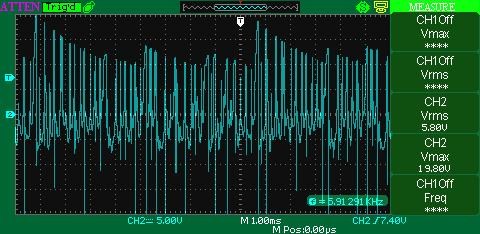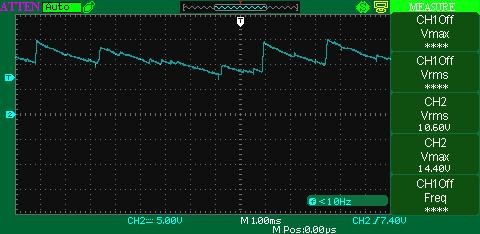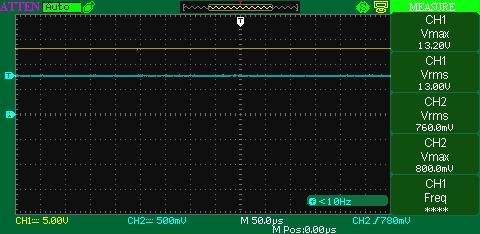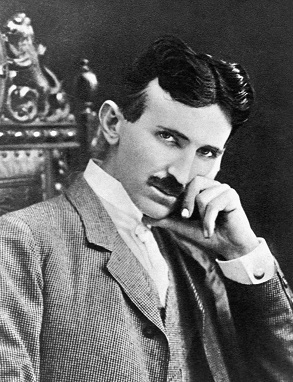Hey! I was hesitating starting this thread because I already have too many experiments/replications in progress. But I couldn't help myself!
For a while now the RT idea has been something I wanted to mess around with, so I've been keeping my eyes open for a nice universal motor. And I found one last week. Brand new, some German model, I believe for washing machines. The guy had got it and just never used it. Brand new, I got it for 50 euros. Not bad.

Sorry, I scratched up the label a bit. I went ahead and took a band saw and cut off some of the supports that were on it so it would sit a little more flat on the desk.
I also opened it up. The two stator windings were in series, with the center tap. Which I thought was strange because assuming that center tap was used as one polarity then the stator windings were wound so they would be opposing each other. I went ahead and separated the center tap so each coil had it's own separate connection pin. But I'm hoping that if the stator windings were really meant to oppose each other, that the armature windings and brushes are not configured to fire at some strange angle.

It starts up quite nice when DC is applied to the commutator pins. But the output voltage seems super low. If I run it at around 25 V input it will get up over 4000 rpm. Using one coil as output with a diode, It will take about 3-4 seconds to charge a capacitor just over 10 V. I'm not sure if that is expected, or if it should be quicker. When I have just a bulb connected, the voltage stays down around 2 V. It's a slim to nothing output.
Chris's experiments with this, in a 4 part video series..
Watching those, I think I should expect to see a horribly low output from the coils, until the proper bucking is achieved.
So, I did start gathering parts and playing around with the circuit that Chris put out not too long ago, here on the thread The Rotary Transformer - Tinman

I have to locate an IRF-540. I'm using a IRF-640 in this picture and even though Rds(on) should be the same, 10V, the gate seems to want to start opening at around 4-5 V. I did add a pull-down resistor on the gate so it shouldn't be floating. Maybe I'm doing something else wrong.
I am thinking though, maybe I should shelf this for a bit and return to the Floyd Sweet style POC layout experiments, and the spark gap experiments. I now have the house to myself for a few days, and I was actually starting to make some progress with the other experiments. I will return to this soon though. Seems like a great alternative view on the same technology, and maybe there is something else to learn here.
Thanks,
Marcel


















